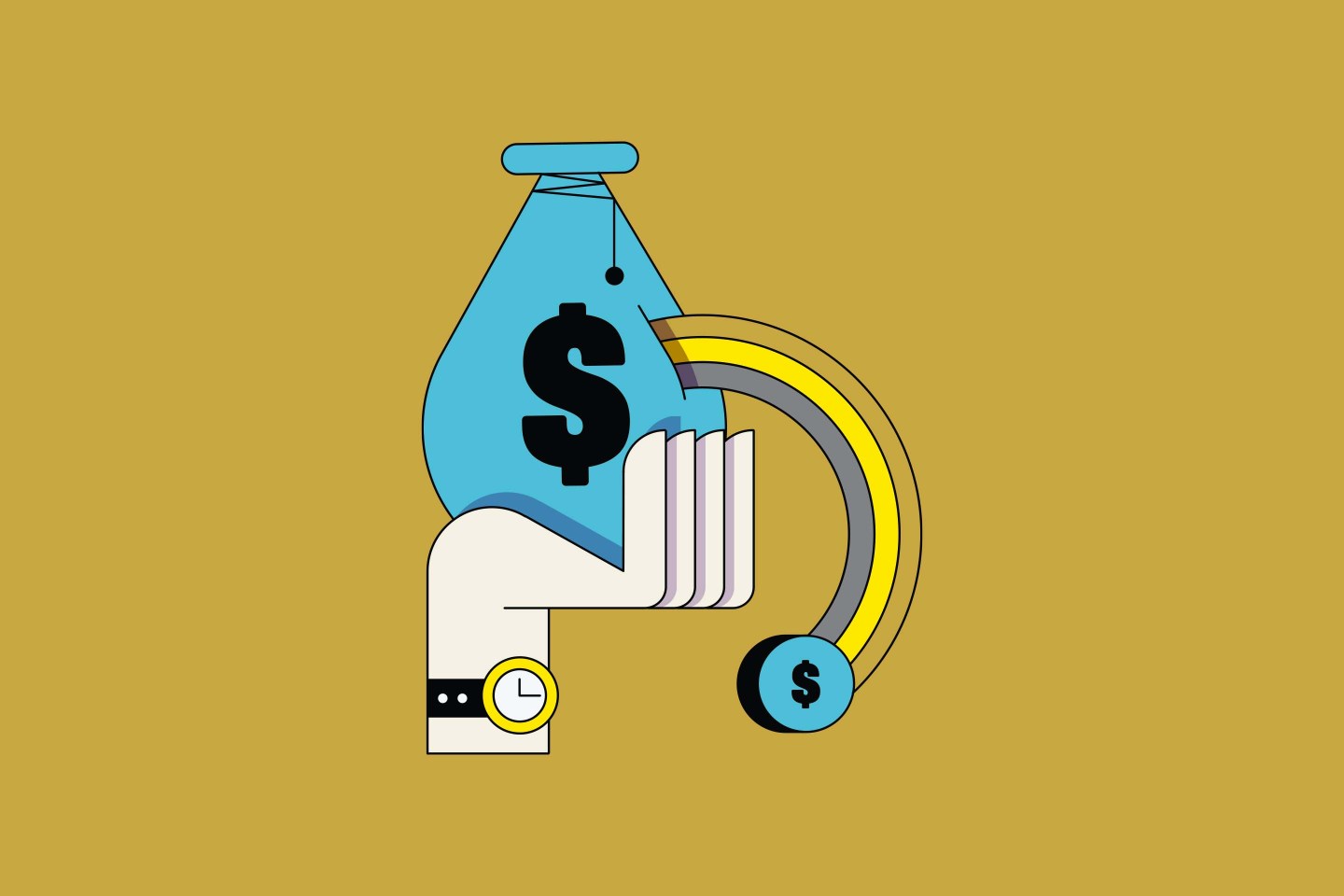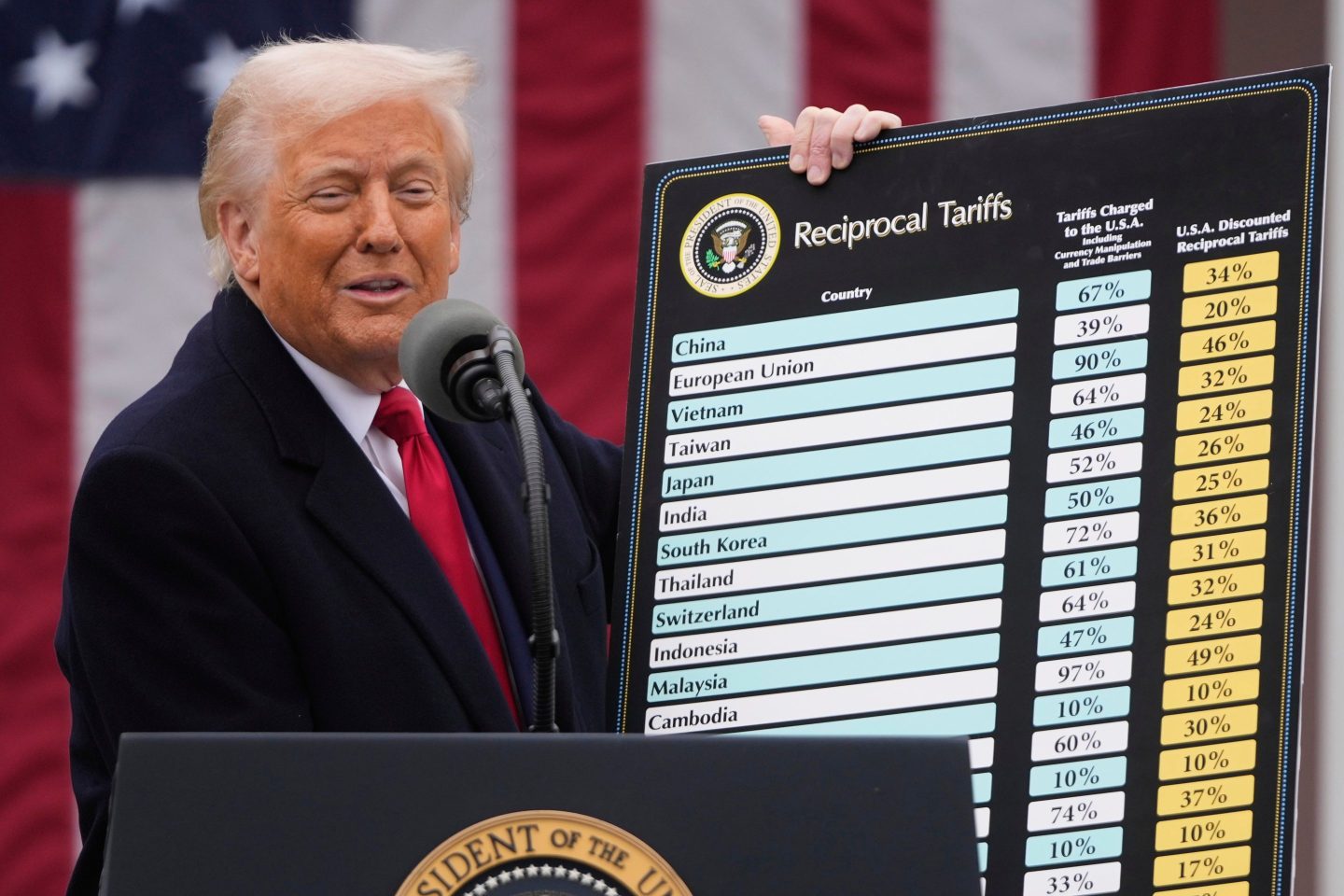As an investment, bonds have never really gotten the blood pumping like stocks or crypto. But looking ahead to 2023 there’s a strong case to be made for leaning into this less-than-sizzling corner of the investing world: Bonds are cheap, they are set to pay ever lusher interest, and yes, their battered prices are likely to recover.
The carnage in bond land is epic. The benchmark 10-year Treasury note has suffered its lousiest year in six decades, by the reckoning of Bespoke Investment Group—through September, the bond has lost 17.1% in total return (price change plus interest income). “This year has been the worst in history for many bond funds,” a research report from Morningstar says. At the same time, stocks are in a bear market; the S&P 500 plunged along with bonds. That’s a double whammy for investors that seldom happens.
The problem for bonds, however, exists mainly for people who sell them. Price decreases in 2022 have been steeper than rises in interest rates, known as yield, in bond-speak. As bond prices move in the opposite direction from rates, the Federal Reserve’s apparently unrelenting zest for rate boosts, aimed at quelling higher inflation, has skewered bond values. The 10-year is priced at about 92 cents on the dollar.
The central bank is jacking up the Federal funds rate, its key means of controlling short-term yields, and this maneuver has filtered through the economy, pushing up yields everywhere. The rate boosts mark a jolting turnaround from the Fed funds’ previous berth just above zero, where the Fed had placed it amid the pandemic-panicked days of early 2020. The key rate now sits in a band between 3.0% and 3.25%, with more hikes expected.
But there’s hope for relief from this punishing rate-raising regimen, and for brighter tomorrows for bond prices. “With the two-year Treasury trading at 4.22%, we’re close to the top,” says Harley Bassman, managing partner at Simplify Asset Management in New York. The much-anticipated recession, widely expected in 2023, will limit the Federal Reserve’s appetite for shooting rates a lot higher, he reasons. “The market thinks they’ll cut rates next year,” Bassman adds. The Fed itself, in projections released after its September meeting, expects a plateauing of the Fed funds rate next year at a little more than point higher than now, and then a gradual drop.
One caveat about bond investing. If indeed a recession is thundering our way, investors need to be careful regarding credit quality when buying bonds. This term refers to the odds a particular issue will default, particularly a corporate bond, as sales and profits slip. With a default, a bond fails to pay interest or to redeem your principal when it matures.
The good news is that incidence of current bond defaults is very low, helped by solid balance sheets. “Credit quality remains strong, even in high-yield,” says Jim Colby, senior strategist at the VanEck investment management firm. Right now, the corporate default rate is below 2%, although Moody’s Investors Service warns that it could triple next year owing to a falling economy.
Despite fixed income’s recent travails, here are the ways that bonds can enhance your portfolio, now and in the future.
Bonds for adding income to your portfolio
The interest rate situation is improving, a godsend for bonds. The reason bonds are called “fixed income” is that they pay you scheduled amounts, in terms of interest rates. Now, with the Fed ratcheting up rates, bondholders can finally enjoy some decent yields, and soon may be able to pocket interest income that beats inflation.
Fixed income “has been financially repressed, and we’ve broken out of that,” says Matt Daly, head of corporate and municipal teams at investment management firm Conning. “We’re normalizing.”
In the beginning of 2020, the 10-year Treasury was giving investors 2.5%. Today, the 10-year is generating 3.9%, with expectations it will move higher still. The Federal Reserve is helping to boost Treasury yields by selling its vast hoard of U.S. government bonds, and some foreign buyers are doing that, too. Even better, corporate investment grade bonds, which two years or so ago were not yielding much more than the 10-year Treasury, now toss off 5.5% on average. For the more adventuresome, junk bonds, a.k.a. high-yield, these days give you 9%, thus far with few defaults marring their allure.
Bond investors are beyond happy about the bountiful yields and the promise of even tastier ones. “At the first of the year, bonds were a horrible place to be, and now they have a return again,” says Rick Lear, managing partner at Lear Investment Management, in Dallas.
The best way to follow bonds broadly is through index mutual funds or exchange-traded funds that are well-rated by the Morningstar research firm. A good choice for Treasury bonds is the iShares 7-10 Year Treasury Bond ETF IEF. For investment grades, the Portfolio Corporate Bond ETF (SPBO); for junk, the Fidelity Capital & Income fund (FAGIX).
Bonds for long-term investments
Bonds historically have lagged stocks in terms of delivering investment returns. Compare the S&P 500, which tracks the broad market index, with the Bloomberg U.S. Aggregate, which follows the investment grade bond market. Over the past 10 years, through the end of September, the stocks rose 11.6% yearly on average, while bonds delivered just 0.8%. During this wipeout year, the best that can be said for the bond fund is that it hasn’t lost as much as stocks did.
Sure, the pandemic has skewed the investing picture. When the Federal Reserve plunged short-term interest rates to near-zero in early 2020, equity looked even more appealing than usual, and bonds sure didn’t.
But over the long pull, note that bonds delivered something, and did so with less risk than stocks, whose prices are much more volatile. If we look at the stretch from 1926 (when good investment stats appeared) through 2019 (just before the pandemic), the stock-bond difference is less stark than it has been lately, according to the Vanguard Group. Over that span of almost a century, stocks returned an average 9.8% yearly and bonds 5.3%.
Much of bonds’ gains came in the 1980s, when the Fed under Paul Volcker eased off its punishingly high interest rates, which slew that era’s double-digit inflation. Those descending rates fueled large bond price appreciation. In 1982, bond returns surged 32.6%, besting even stocks; the S&P 500 logged 14.8% then, per research platform Macrotrends.
Indeed, bonds have a storied resilience: They bounce back from periods of high inflation and climbing interest rates. As Jason Lina, founder of Golden Bell Financial Planning in Alpharetta, Ga., explains, “In all of the Fed rate hiking cycles this century, bond returns—meaning the Bloomberg Aggregate bond index—have been positive in the one-year period following the onset of rate hikes.”
That’s not all. Historical trends show that, over the next decade, 10-year bonds issued with new higher interest rates likely will clock two percentage points in total return better than older issues annually, Lina calculates. Their bigger payouts make them more desirable to investors. Prices initially hurt by higher rates adjust and recover.
Over the long pull, the best idea is to buy a fund that tracks the Bloomberg Aggregate index, which covers investment-grade bonds. A top-rated Morningstar offering here is the Vanguard Total Bond Market ETF (BND).
Bonds for diversification
A long-venerated investing principle is that portfolios should be diversified, with money channeled into different asset classes to offset market disruptions—which typically means the stock market. Bonds have failed to counterbalance stock losses recently, yet that likely is changing for the better.
Traditionally, bonds have held the role of ballast, as their prices tend not to fluctuate anywhere near that of equities. John Bogle, the Vanguard founder and father of the index fund, is credited with popularizing the 60-40 allocation (60% stocks, 40% bonds) as the ideal portfolio mix. The problem lately: While stocks and bonds are seldom correlated, they are today, meaning that they are moving in the same direction—a steep drop.
In the 2001 dotcom crash, stocks lost 12.1%, and bonds just 4.8%, Morningstar data finds. This year through September, the situation is more painful for both, especially fixed income: The S&P 500 plunged 24.8% and the bond-tracking Bloomberg Agg slid 14.6%.
This spells trouble for investors, although it is fixable with some effort and cost. The difficulty with asset declines is that a portfolio can get out of balance, with the 60-40 allocation altered. “A positive correlation between stocks and bonds makes it difficult to rebalance a portfolio without crystallizing losses,” warns Sean Bill, chief investment officer at Prime Meridian Capital Management, in Walnut Creek, Calif. Wise investors will “wait it out,” and the mix will correct itself, he says.
Then maybe 60-40 isn’t dead. Up ahead, many strategists expect inflation to come down, perhaps not to the old level of 2%, but much less than August’s scorching number. That should help restore bonds’ position as a steady asset, the thinking goes. Once all is said and done, “a 60-40 balanced portfolio allocation helps to ensure optimal long-term performance, keeping investors in the game instead of buying and selling based on market ups and downs,” a Fidelity Investments research paper advises.
The Vanguard Total Bond Market ETF (BND) also captures diversification nicely.
Bonds for tax efficiency
One thing that this year’s market gyrations haven’t affected is the tax laws, and that’s good with rates going up. The winners here are municipal bonds, issued by states or localities, and U.S. Treasury bonds; they both receive favorable tax treatment. Other obligations, from companies or other nongovernmental entities, generally don’t.
As yields climb, more bond income is generated to be taxed, or not taxed, as the case may be. Average muni yields have more than doubled this year, to around 4%. The interest you get from munis is free from federal taxation and usually from state taxes in the state where they are issued. Interest income from Treasury bonds gets taxed at the federal level, yet is exempt from state and local levies.
Because of their wide-ranging tax exemption, the income from munis is magnified. Let’s say you are in the 24% federal tax bracket and live in a state with a flat 5% individual rate. You buy a local muni that pays a 4.3% interest rate. That means, in effect, that you pocket a little over 6% by not having to pay the Internal Revenue Service and the state’s department of revenue a chunk of your interest, and thus you gain around 1.7 percentage points extra. The conceit here is that you would need a taxable bond yielding around 6% to be equal to the muni’s result.
Certainly, should you own bond funds for taxable obligations within a 401(k) or other tax-deferred retirement vehicle, you avoid the year-in-year-out need to pay the IRS and other revenuers. You only pay tax when you withdraw from the account as a retiree, and may be in a lower tax bracket than when you were working.
The top-rated muni fund, by Morningstar’s estimation, is the Fidelity Tax-Free Bond (FTABX).
Bonds for inflation protection
Here as well, escalating interest rates are your friend. The current lofty inflation has bedeviled perennially low-paying bonds by, among other things, eroding their returns. A year ago, the yield on a 10-year T-note was 1.5%. At a 6.2% annual inflation rate as of August (using the Fed’s favorite method of gauging inflation, called the personal consumption expenditures, or PCE, price index), that meant that holding the 10-year bond lost you 4.7 points. The gap was even worse between the 10-year yield and the more broadly followed consumer price index’s lofty 8.3% rate.
But assuming high inflation recedes, and interest rates don’t dip as much, that problem may be over. The Fed’s economic projections have PCE inflation falling to 2.8% next year. If so, the current yields for the 10-year (3.8%) would put an investor ahead.
Why wouldn’t bond interest rates automatically fall back in sync with PCE inflation? Because the longer-dated obligations, like the 10-year and other bonds that it influences, such as corporates, historically have been at or near their current levels—i.e., they are being normalized, as Conning’s Daly suggests. For the past two decades, until the pandemic, the 10-year T-note yielded more than inflation. During that time, short-term bonds tended to stay abreast or a bit below it.
For the inflation-conscious, other alternatives include Treasury Inflation-Protected Securities, which aim to keep you ahead of any rising prices. A 10-year TIPS now has a real (inflation-adjusted) yield of 1.7% for a 10-year bond. An even better choice: Series I savings bonds, or I bonds, which pay 9.6%. New Series I issues are rejiggered twice a year to reflect inflation, and have a 30-year term. The downsides are that you can only buy a maximum $10,000 worth of I bonds per year, and if you cash them in before five years, you forfeit some interest.
You can buy TIPS and I Bonds is via TreasuryDirect, run by U.S. Treasury Department. This service charges no fees.
The bottom line is that things are looking up for the blighted landscape that is bond land. “This year will go down as the worst year for bonds,” writes Lawrence Gillum, bond strategist at LPL Financial, in a research paper. “But with higher yields, we think the prospects for fixed income have improved. The diversifying properties of bonds have increased, as well.”
This article is part of Fortune’s quarterly investment guide for Q4 2022.











